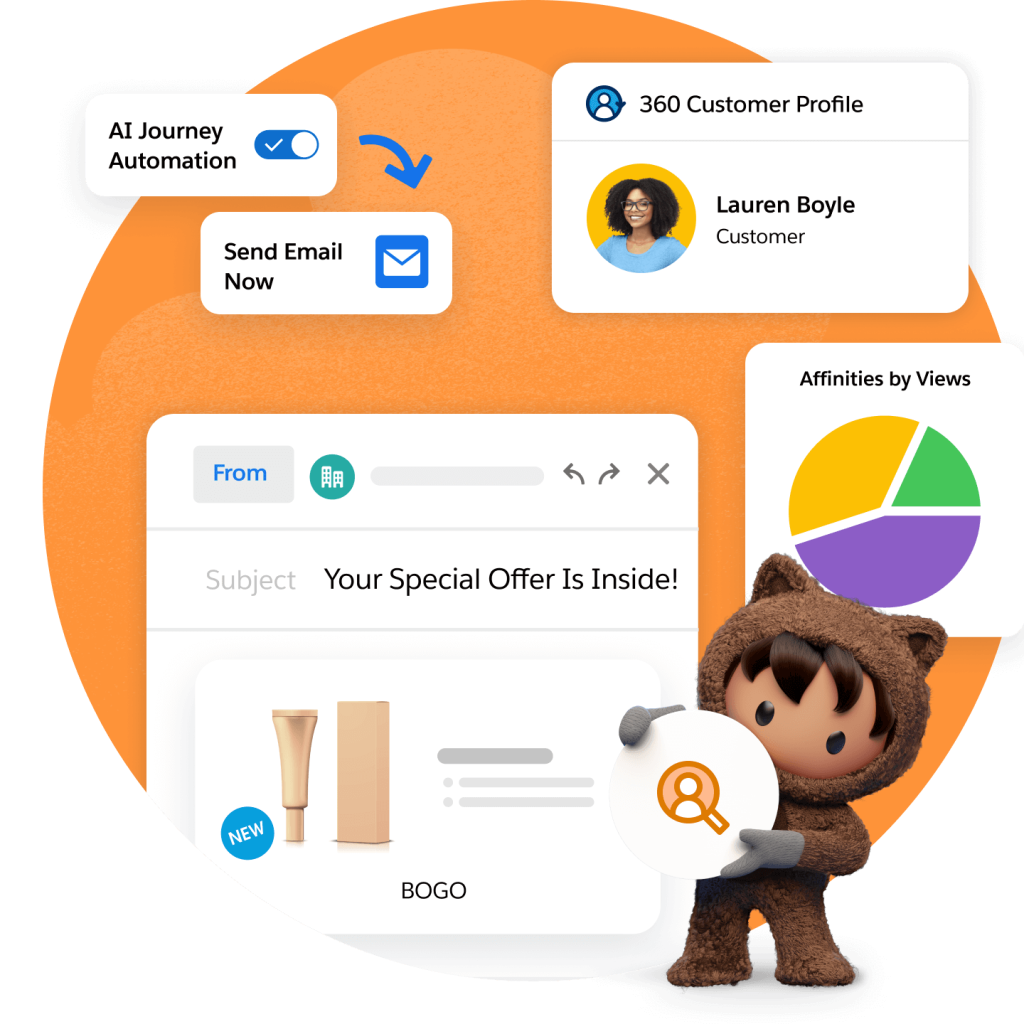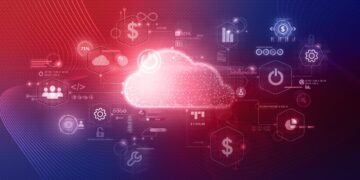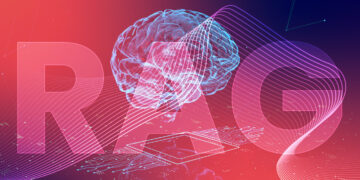Table of Contents
Marketing 5.0 is the new era for marketing, based on the theory by Philip Kotler — who is considered to be the most excellent expert in Marketing with an incredible track record in the areas of strategic planning, international marketing and strategies for large companies. The term “Marketing 5.0” is the era of marketing that Kotler determines that is the most important for technology integration. Not that before, it wasn’t as important as it has always been, but now we are in an era that has become urgent.

In his book, Marketing 5.0 — Technology for Humanity, Kotler explains that Marketing 5.0 is the application of technologies that mimic human behaviour to create, communicate, deliver, and increase value throughout the customer journey.
In this new era, Marketing is all about addressing the current moment in the sector, marked mainly by the use of technology in favour of the experience in the user’s consumption journey and the technological advances in the market.
This book proves to be quite intriguing for that reason. Kotler encourages us to embrace technology and place it at the core of our operations and businesses, considering its effects and how to navigate the challenges that arise in a digital society, in a manner that consistently yields increasing results for companies.
Okay… so, what does this mean in practice? Keep reading to find out. But first, let’s get some context into how Marketing 5.0 was born.
01
of 08
The Concept of Marketing 5.0
To better understand this evolution and how we got to Marketing 5.0, it is interesting to navigate to the prior eras of Marketing:
- In Marketing 1.0, the focus was the product. The intention was to show that the company had the best processes and quality – ISO certifications, for example, are an example of this marketing mentality.
- Then, we evolved to Marketing 2.0, which focused on the consumer. Companies started realizing that consumers are not all the same and that treating the market as one big mass no longer works.
- In Marketing 3.0, the focus is on human beings: consumers are not just consumers; they are human beings, with all their complexity and uniqueness, with values behind their actions and behaviour. So brands must also respect those values if they want to meet clients’ expectations.
- Finally, in Marketing 4.0, we lived in an era where the focus was on the relationship between the client and the company. Marketing 4.0 marks the transition to the digital economy, where nothing from Marketing 3.0 is lost. Still, technology plays a much more present role in people’s lives, in all their spheres, and in all their relationships.
And now, here comes Marketing 5.0: the stage in the evolution of marketing marked by the power of technology in favour of people’s quality of life and well-being. It assumes that if the digital age puts technology at the centre of our lives, it must contribute to the good of humanity.
02
of 08
Importance of Marketing 5.0 and Artificial Intelligence
Marketing 5.0 is inspired by Society 5.0 – a human-centred society that balances economic progress with solving social problems through a system that effectively integrates cyberspace and physical space. The Japanese government emerged with this concept in 2016 in the 5th Science and Technology Basic Plan as a vision of the country’s future.
Society 5.0 is marked by technologies such as artificial intelligence and hyperconnectivity, which are changing social and industrial structures that seek to make people’s lives easier and add value to them. Society 5.0 proposes using these innovative technologies in the most diverse social spheres to improve people’s lives and their efficiency and quality of life. Therefore, Marketing 5.0 follows this perspective.

So, Marketing 5.0, intrinsically linked to AI capabilities, allows marketers to delve deeper into predictive analytics, taking advantage of real-time data to make informed decisions and ensure that campaigns authentically resonate with target audiences across multiple channels. In addition, the ethical dimension gains greater prominence, focusing on maintaining transparency, safeguarding data privacy, and mitigating algorithmic biases.
Marketing 5.0 in the age of AI means not just a paradigm shift but a strategic imperative for companies to navigate the complexities of modern marketing while promoting sustainable growth and fostering lasting relationships with customers.
03
of 08
Progress/Caution with AI
Artificial intelligence (AI) constantly evolves, driving remarkable advances in various sectors. However, it is essential to approach this area with caution and thoughtfulness, recognizing the challenges and issues still being debated.
Hyper-relevant personalization
AI allows companies to analyze vast sets of customer data to create personalized, targeted marketing campaigns with unparalleled precision. This means that companies can deliver highly relevant messages to each customer, increasing engagement, conversion rates, and loyalty. However, it is essential to approach AI with caution, also considering the possible downsides.
Algorithmic bias
It is crucial to ensure that AI algorithms are fair and unbiased, avoiding discrimination and treating all customers equally. Failure in this regard can lead to severe consequences for the company’s reputation and even legal action.
AI offers immense potential to transform marketing, but it must be implemented responsibly and ethically. By using it strategically and consciously, companies can boost their growth, retain customers and build a smarter, more effective marketing future. So, let’s now dive deeper into the strategy.
04
of 08
Marketing 5.0 Strategy
In his book, Kotler presents five essential components when putting the teachings of Marketing 5.0 into practice. See what each one is:
Data Driven Marketing |
Predictive Marketing |
Contextual Marketing |
Augmented Marketing |
Agile Marketing |
| Data driven marketing is when we use data to make decisions and the way we collect that data to make them. | By preparing data created based on past records, past marketing actions, past business performance, etc., and having machine learning do the work, future forecasts and company performance results can be predicted. | It is about how to personalize service delivery based on a qualitative understanding of the context, such as why they are in the phase and why they are making a purchase decision. | People will not trust a product without human contact, so a person must explain the product and persuade them to use it. The fusion of machines, which are automated sales interfaces such as chatbots, and sales interfaces that actually involve people will enable us to achieve more efficient results. | It involves the adoption of decentralized, multidisciplinary, and collaborative teams to increase the efficiency and agility of marketing strategies. In a scenario of increasingly constant and rapid change, companies must have the agility to respond quickly to the market. |
05
of 08
Applying Marketing 5.0 to Your Organization
If you’re ready to embrace Marketing 5.0, viewing technology as your partner is crucial, not your enemy. Salesforce, the world’s #1 CRM platform, offers a robust suite of tools specifically designed to help you implement this customer-centric approach.
Invest in a good CRM
By investing in Customer Relationship Management software that makes it possible to analyse data in real-time, personalize customer interactions and automate processes, you will be boosting the effectiveness, adaptability and innovation of marketing strategies, resulting in more relevant and impactful experiences.
Salesforce offers features to collect and store customer data from various sources, including website interactions, social media, and email marketing. This data is then analyzed in real-time using dashboards and reports, allowing businesses to gain insights into customer behaviour and preferences.
Work with Agile Methodology
As your Salesforce Partner, every project at Stellaxius is implemented using agile methodologies, enabling us to meet our client’s needs better.
It helps different teams work together, encouraging ongoing feedback loops that help adjust to market changes. This leads to the more effective and efficient implementation of strategies, aligning with Marketing 5.0’s dynamic and innovative nature.
06
of 08
Salesforce Features for Marketing 5.0 Success
Marketing Cloud empowers you with:
-
- Segmentation and Personalization by crafting highly targeted campaigns based on a wealth of customer data, ensuring a more personal and relevant experience for each individual.
- Omnichannel Marketing by delivering consistent messaging across all channels (email, social media, SMS, etc.) to create a seamless customer journey. No more siloed communication!
- Marketing Automation by automating repetitive tasks like email send and lead nurturing, freeing up your marketing team to focus on strategic initiatives.
- Journey Builder by designing personalized customer journeys that adapt to individual behaviors and preferences. This allows you to nurture leads, engage existing customers, and drive conversions more effectively.

AI is one of Marketing 5.0’s goldies! Leverage the power of AI with Einstein Analytics, Salesforce’s built-in intelligence tool and gain valuable insights from customer data in real-time, allowing you to:
-
- Predict customer needs when you anticipate what your customers might need or want next and proactively recommend relevant products or services.
- Optimize campaigns by gain real-time insights to identify what’s working and what’s not, allowing you to fine-tune your marketing campaigns for maximum impact.
- Identify high-value customers by analysing customer data to pinpoint your most valuable customers. Tailor your marketing efforts accordingly to maximize their lifetime value.
07
of 08
Marketing 5.0 in Action with Salesforce
Imagine a clothing company using Salesforce to achieve its Marketing 5.0 goals. By leveraging Marketing Cloud and Einstein Analytics, they can:
- Segment their audience based on past purchases and browsing behaviour.
- Design personalized email campaigns featuring recommended products based on those insights.
- Automate abandoned cart emails to recover lost sales.
- Track customer engagement and website behaviour to identify trends and optimize their marketing strategy continuously.
This data-driven approach allows the clothing company to deliver a more personalized shopping experience, which leads to increased customer satisfaction, brand loyalty, and, ultimately, higher sales.
08
of 08
Start Now!
Marketing 5.0 revolves around leveraging data analysis and fostering customer relationships, which Salesforce is the #1 CRM in the world at.
Salesforce is a central hub for all your customer data, bringing together information from various touchpoints like sales, marketing, and customer service. This unified view empowers you to analyze customer behaviour and foster stronger relationships through data-driven insights.
We’re a certified Salesforce Partner with a team of experts who can help you implement Salesforce for Marketing 5.0 success. And if you’re ready to start, so are we! We’re a Salesforce Partner and will help you implement your platform. Know more about our services, and let’s dive in.







